A team’s ability to work together and remain cohesive in achieving the team goal regardless of any challenges leads to greater performance. A leader needs to seek to understand the dynamics of their team.
This includes recognising the stage of development the team is at as well as an appreciation of the team members’ different characteristics. The individual differences may be generational, it is the leader’s responsibility to value these differences and manage them accordingly.
Dysfunction within a retail team can be very detrimental to individual and team performance; therefore must be explored and understood.
Introduction to the Tuckman model
Bruce Tuckman (1965) introduced a model for group development; he argued that a team must go through every stage in order to deliver great performance.
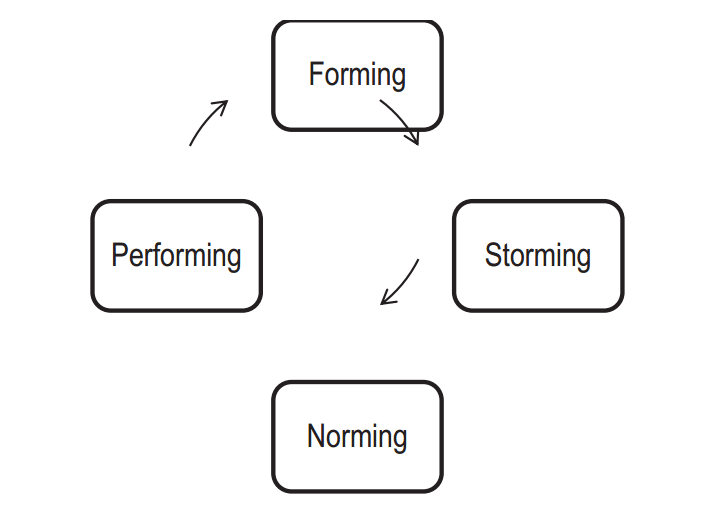
The four stages
It is important to understand what is happening at each of the four stages. Leaders will then use this information to inform performance management decisions.
Forming
During the forming stage team members are insecure and somewhat unsure. Team members are seeking to understand who’s who in the team. There is low commitment at this stage and no real understanding amongst members of what their goals are.
Storming
Once the team has finished forming invariably they will move onto storming. During the storming stage team members are competitive they’re rallying to establish power. Team members are testing the boundaries of their roles and responsibilities. There can be little cooperation or team work at this stage.
Norming
Eventually the storming will pass and the team will move into the norming stage. The norming stage is where the team are behaving more like a team. They’re productive, trusting and supportive of one another. At this stage the team is committed to the common goal.
Performing
The performing stage is where the team becomes productive. The team are all highly motivated to achieve the goals of the team and indeed the organisation. The team have high levels of trust, cooperation and openness. The team’s needs come before that of the individual.
Leadership throughout the stages

Forming
During the forming stage the leader needs to:
- Develop policies and procedures.
- Establish roles and responsibilities.
- Communicate the mission and vision to the team.
- Develop strategies to involve the team in planning and decision making.
Storming
- During the storming stage the leader needs to:
- Listen to the team and seek feedback from them.
- Reinforce expectations.
- Provide challenging feedback to ensure the team understand what is not acceptable.
- Develop processes to ensure issues and concerns of the team are recognised and addressed.
Norming
- During the norming stage the leader needs to:
- Recognise team member’s contributions.
- Reward individual and group efforts.
- Communicate regularly.
Performing
- During the performing stage the leader needs to:
- Value the efforts of both the individual and the team.
- Ensure the team have all the resources they need to succeed.
- Provide ongoing feedback and recognition.
- Look to sustain results.
- Establish new goals that will challenge the team.






